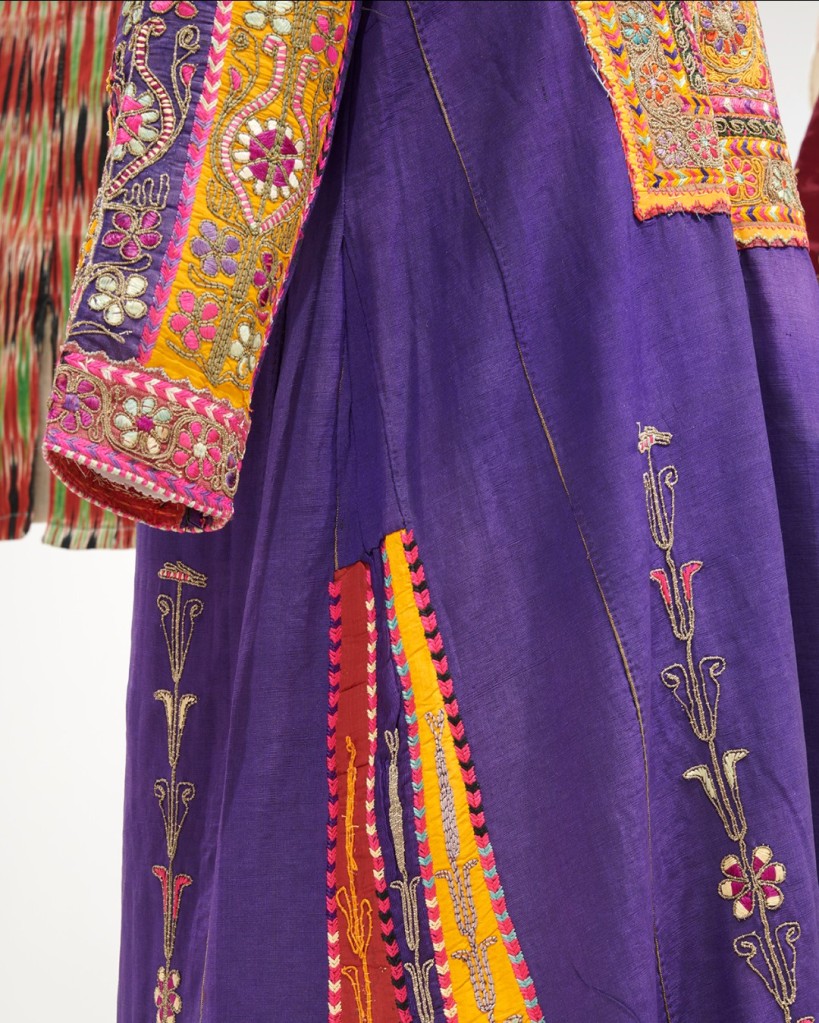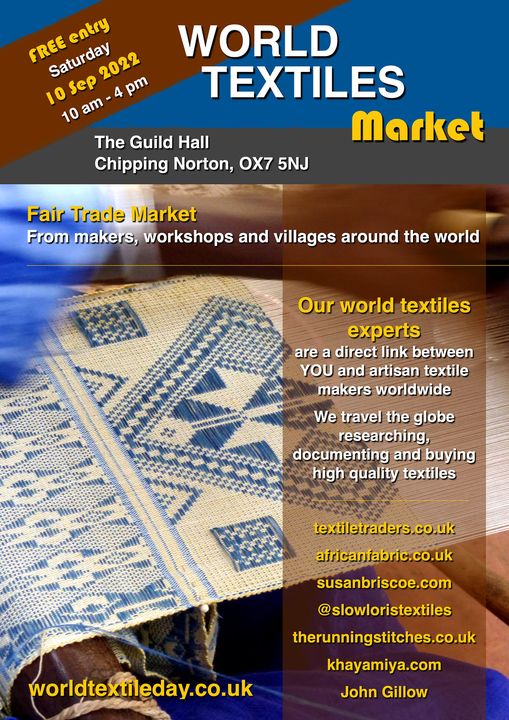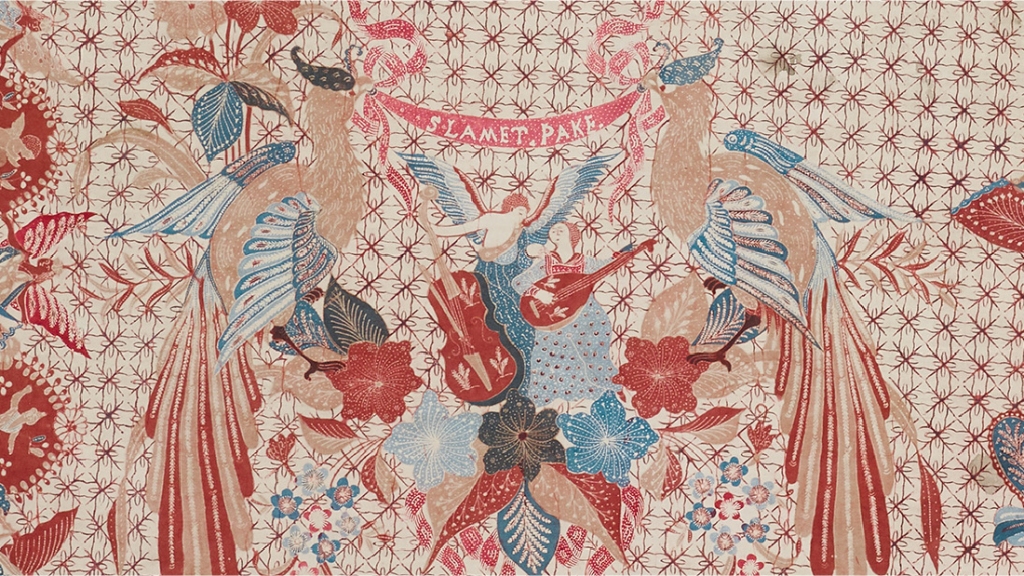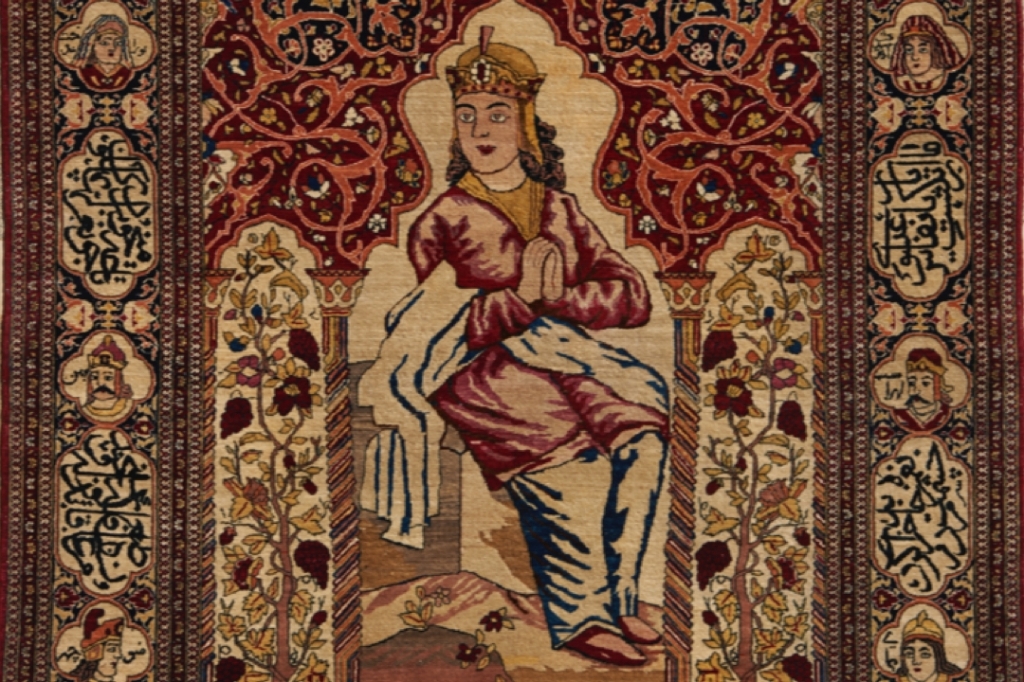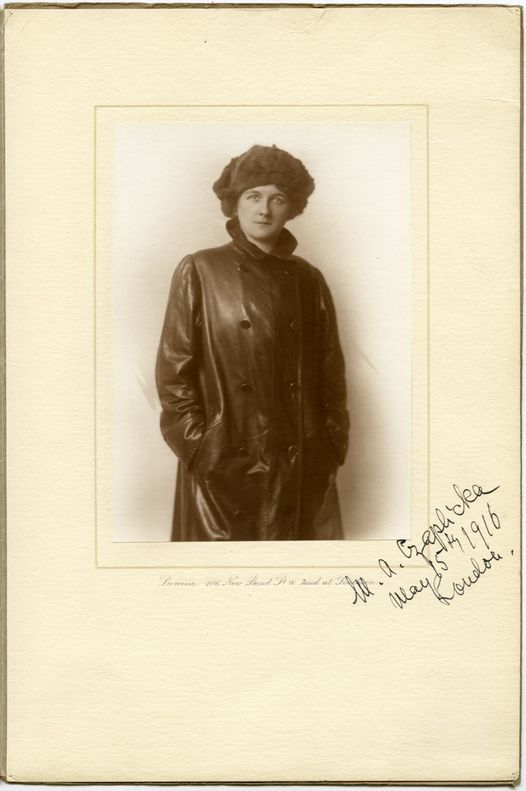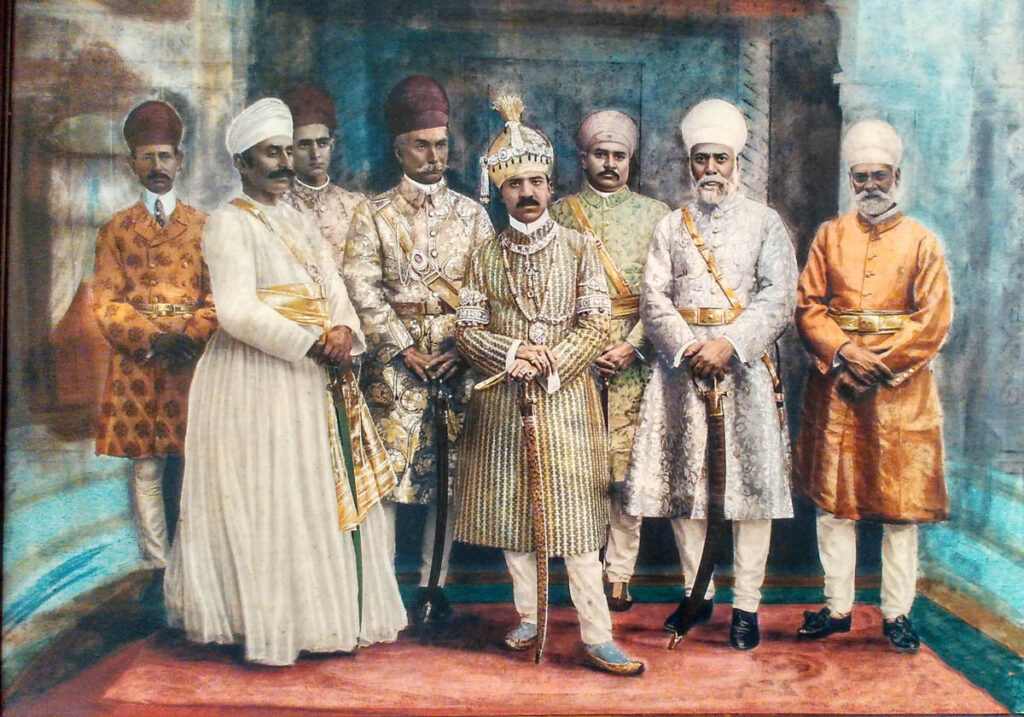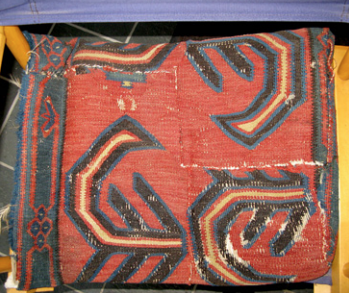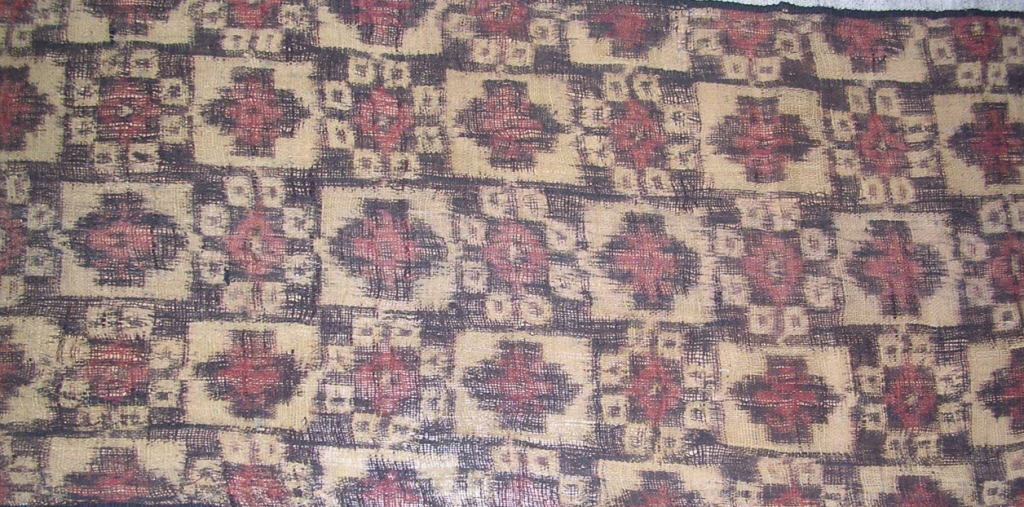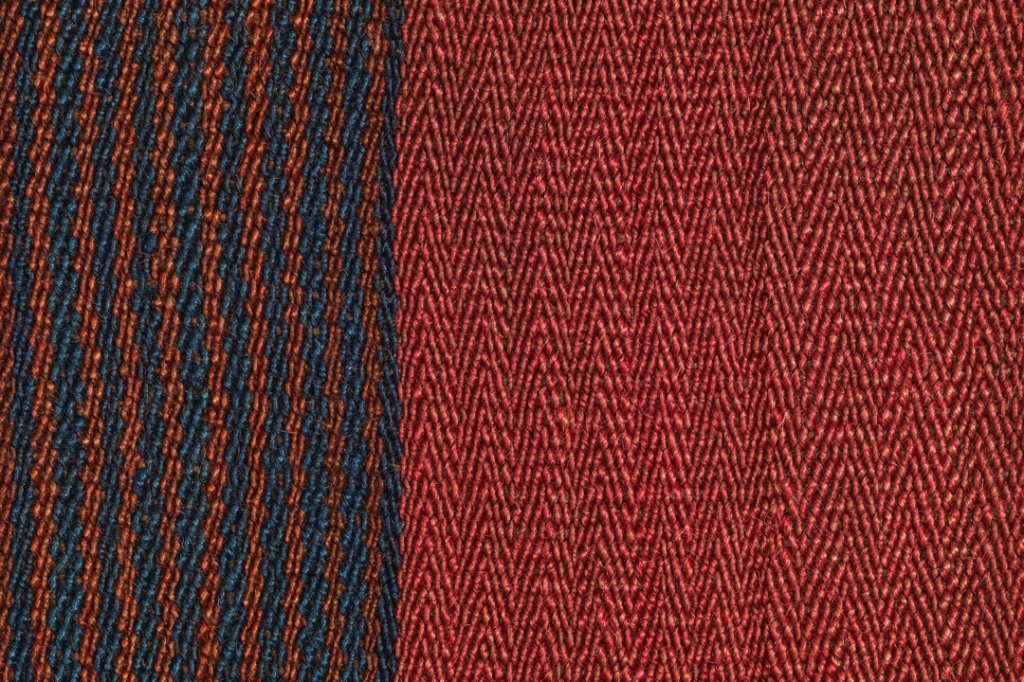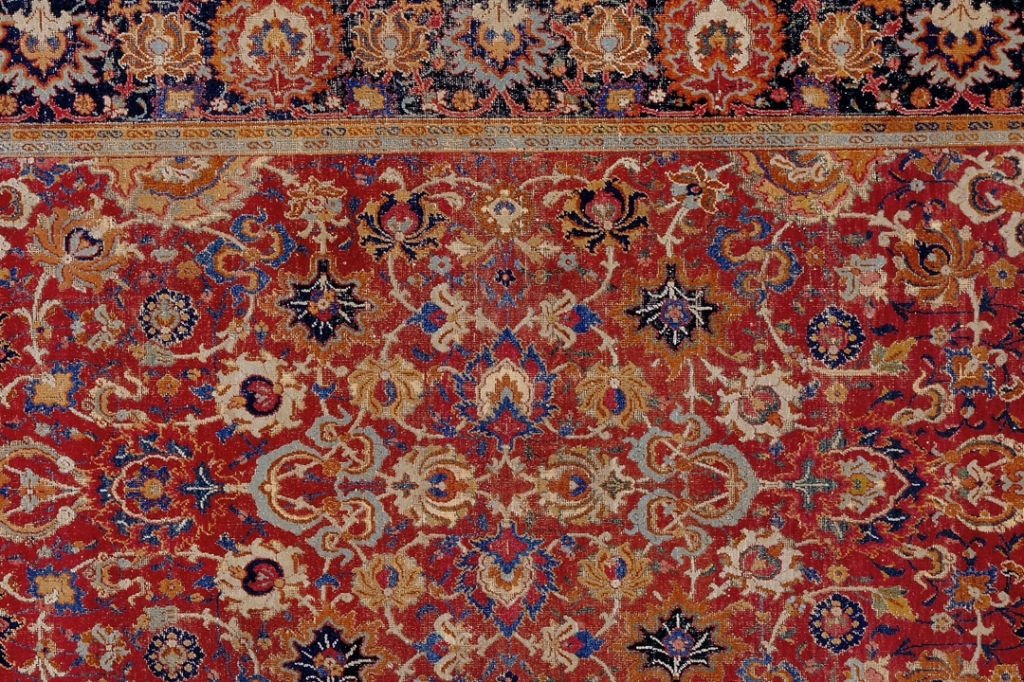
On Wednesday 17th January 2024 the Oriental Rug and Textile Society (ORTS) will hold their first in person lecture of the year in London. The speaker is Avalon Fotheringham of the V&A, and her subject is Connecting Threads: New Investigations into Madras Handkerchief Exchanges between South India and the Caribbean.
“Connecting Threads is an AHRC+NEH funded humanities project dedicated to exploring how Indian cotton weavers and their customers across the Global South impacted wider fashion histories. The project is now entering the second phase of its pilot case study, which focused on the South Indian ‘Madras Handkerchief’ and the impacts of its consumption in the Caribbean. This lecture will summarise the project’s findings, including new discoveries which shed light on the possible origins of Madras and the importance of the Caribbean market to global trade and fashion.” – ORTS website
The talk begins at 18:30 GMT and is free for members. Guests are welcome upon payment of a small fee, but do need to contact Dimity Spiller in advance.

******************************
Also taking place on Wednesday 17th January 2024 is the first online lecture in a series hosted by the Washington-based Textile Museum. These lectures will all be given by authors who have contributed to the most recent issue of the Textile Museum Journal. The speaker is Nikolaos Vryzidis, who specialises in the medieval and early modern Mediterranean. He will be discussing a fourteenth century Asian silk in a monastic Greek manuscript. Dr Vryzidis will demonstrate how the “study of this rare and intricately patterned textile can contribute to our knowledge of the importation and dissemination of Asian silk damasks and damask-like fabrics in late medieval Europe.” – Textile Museum website
This online talk begins at noon EST, 09:00 PST, which is 17:00 GMT and you can register for it here.
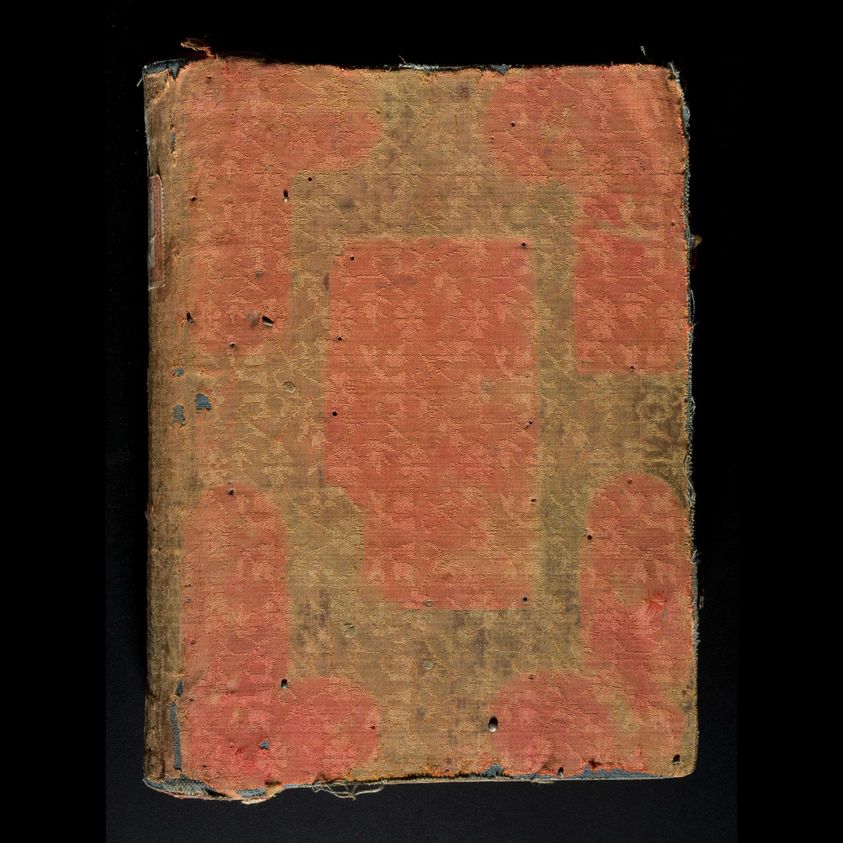
******************************
On Thursday 18th January 2024 the Katonah Museum in New York State will hold an online talk linked to their current exhibition on Syrian textiles (which closes on 28th January). In Syrian Textiles Up Close leading experts Deniz Beyazit and Julia Carlson will “discuss how the fine garments designed and created by skilled artisans in the late nineteenth and early twentieth centuries reveal social and cultural traditions.” – Katonah Museum website
This free talk takes place at 14:30 PT, 17:30 ET, 22:30 GMT.

******************************
The London Antique Rug and Textile Art Fair (LARTA) runs from Tuesday 23rd to Sunday 28th January 2024 in Battersea Park. According to their website this is “the UK’s leading annual fair dedicated to the appreciation of antique rug and textile art. Our specialist event brings together quality decorative pieces and interesting collectors’ items presented by some of the UK and Europe’s most dynamic and knowledgeable dealers.
Our aim is to promote this vibrant art form to a wide audience, and offer a tempting array of textiles and weavings for sale. The scope of our interest is broad, and includes weavings from the Far East, Central Asia, Persia, India, Turkey, the Caucasus as well as from Europe and Africa, and from all periods up to the early 20th century. Customers typically include collectors, interior decorators and designers, private buyers and international dealers.” – LARTA website
Information on the exhibitors can be found on their website.

******************************
Wednesday 24th January 2024 sees the second of the Textile Museum talks by authors featured in its journal. The speakers are Anna Jolly of the Abegg-Stiftung and Corinne Mühlemann from the University of Bern. They will be discussing two velvet Iranian letter pouches, which are currently held in the Danish National archives. They believe that the letters which these pouches once held can help to date the textiles to pre-1637.
“By placing the two letter pouches in the context of diplomatic exchange between the Safavid court and a European court, this case study highlights the role luxury textiles played in 17th-century Iranian diplomacy.” – Textile museum website
This online talk begins at noon EST, 09:00 PST, which is 17:00 GMT and you can register for it here.

© Designmuseum Danmark, Copenhagen. Photo by Pernille Klemp.
******************************
On Saturday 27th January 2024 the Textile Museum Associates of Southern California will host and online talk by Professor Walter Denny entitled How We Look at Turkish Carpets: James F. Ballard and a New Way of Collecting. In this talk Professor Denny “will focus on carpets from the Ottoman Empire acquired by early 20th century American collector James Ballard. Ballard’s collection, today divided between the Metropolitan Museum of Art and the Saint Louis Art Museum, has influenced a century of American carpet collecting and changed the way we look at carpets made in Anatolian workshops, villages, and nomadic encampments.” – TMA/SC
This Zoom talk takes place at 10:00 PT, 13:00 ET, which is 18:00 GMT and you can register for it here.

******************************
The final talk in the Textile Museum journal series takes place on Wednesday 31st January. This time the speaker is Yu-Ning Chen and her subject is Mosurin Wool Textiles in Imperial Japan.
“Chen discusses military-related patterns on mosurin fabric, representations of mosurin in print media, including Japanese prewar textbooks, and descriptions of both the consumer culture surrounding this fabric and the female factory labor involved in its production in modern Japanese literature.” – Textile museum website
This online talk begins at noon EST, 09:00 PST, which is 17:00 GMT and you can register for it here.

Photo courtesy of Mukogawa Women’s University.
******************************
Next some OATG news. Our AGM will take place on Saturday 17th February 2024 at 14:00 in the usual venue of the Ashmolean Museum Learning Centre. The formal proceedings will be followed by a Show and Tell, which is always a lively event. The Eventbrite invitations will be sent out in due course.

Those who attended last year’s Show and Tell may remember Peter Umney-Gray and his scissor bags.

Peter’s book Scissor Bags & Sheep Scissors in the Nomadic Tradition has now been published. With 292 pages and 299 illustrations this should surely satisfy any readers’ curiosity about this subject! It is available for £55 plus postage from Argali Publishing.
“Scissor bags, and the end-pivot sheep scissors they contained, have not until now been given the attention they deserve. The utilitarian purpose and ephemeral nature of these mainly woven objects by nomadic pastoralists have meant that not many of them survive….. The results of field research among the Shahsavan of Northwest Iran, the Sarıkeçeli Türkmen of the Toros Mountains, Türkiye, and the Uygurs of Xinjiang help to shed light on this tradition….” – Peter Umney-Gray
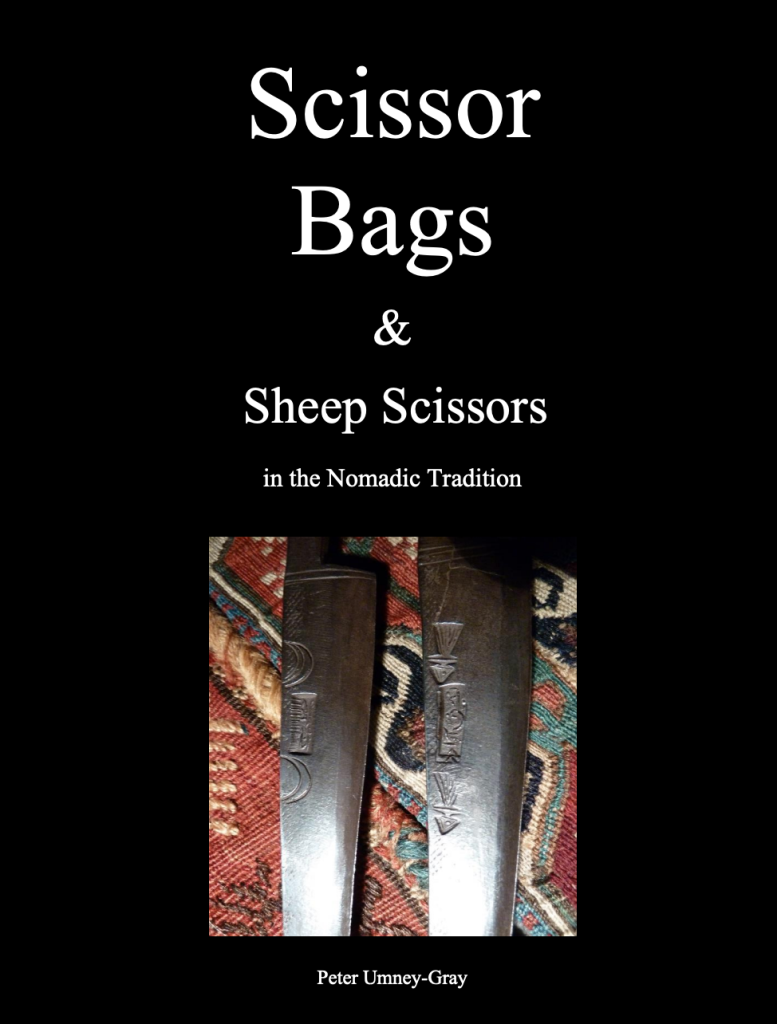
******************************
OATG members who were unable to attend recent events will be glad to know that the recordings of the talks given by Sheila Fruman (Pull of the Thread: Textile Travels of a Generation) and Patricia Cheesman (Unravelling Tai Textiles from Laos) are available to view via the password-protected section of our website. Click here, then on the Members Resources link and enter the password.
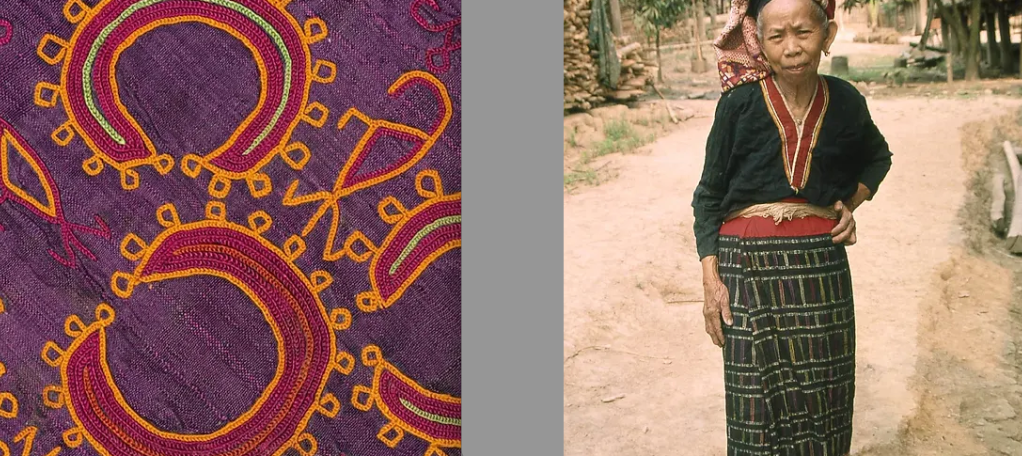
******************************




